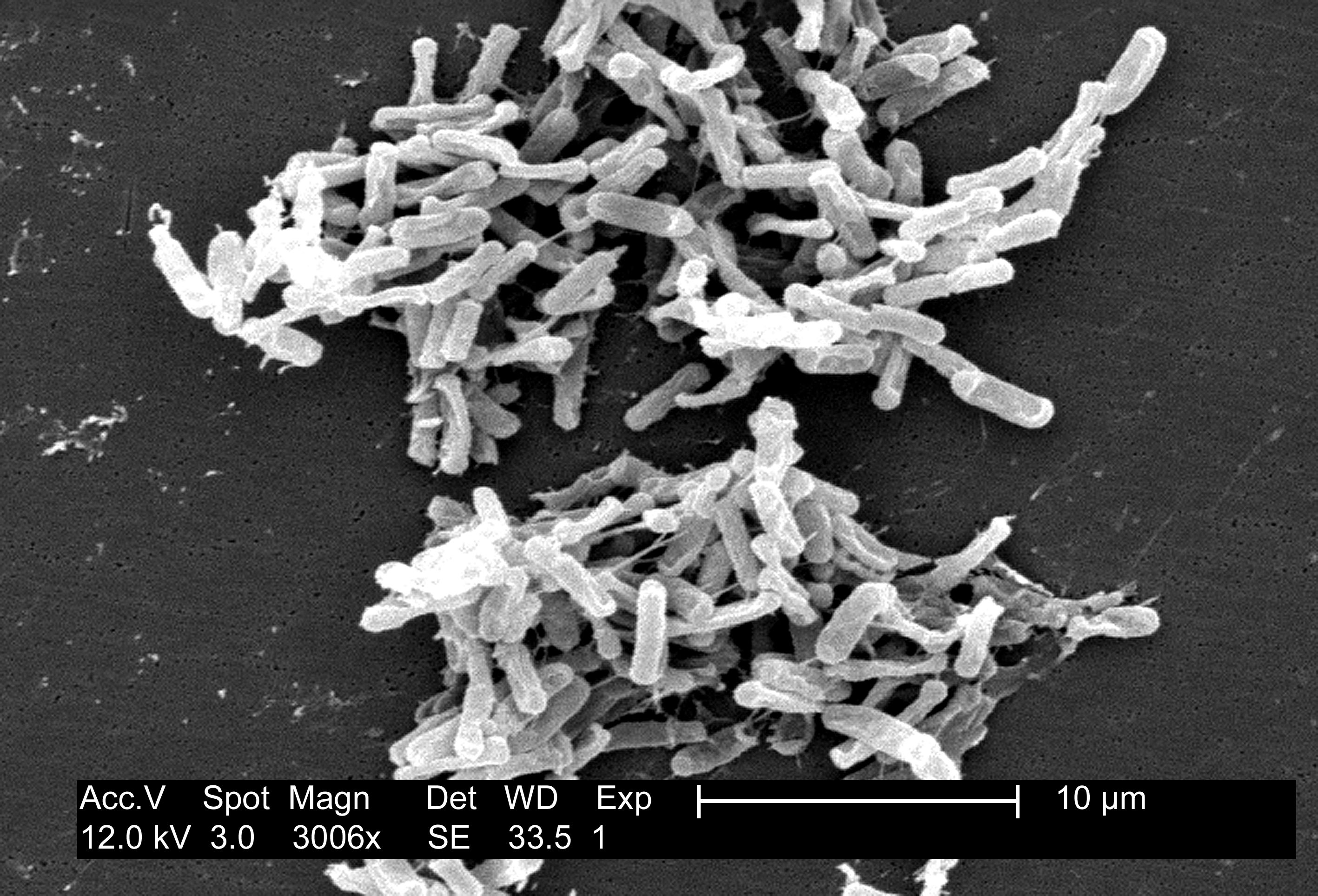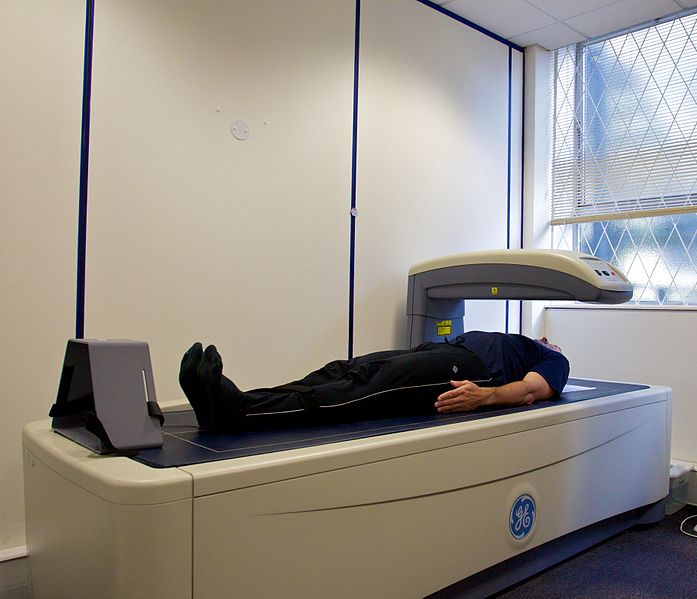“Angiotensin-Neprilysin Inhibition versus Enalapril in Heart Failure”
N Engl J Med. 2014 Sep 11;371(11):993-1004. [free full text]
—
Background:
Thanks to the CONSENSUS and SOLVD trials, angiotensin-converting enzyme (ACE) inhibitors have been a cornerstone of the treatment of heart failure with reduced ejection fraction (HFrEF) for years. Neprilysin is a neutral endopeptidase that degrades several peptides, including natriuretic peptides, bradykinin, and adrenomedullin. Inhibiting neprilysin increases levels of these substances and thus counteracts the neurohormonal overactivation of heart failure (which would otherwise lead to vasoconstriction, sodium retention, and maladaptive remodeling). Prior experimental data has demonstrated that, in terms of cardiovascular outcomes, neprilysin inhibition with an ARB is superior to ARB monotherapy. However, a clinical trial of concurrent neprilysin-inhibitor and ACE inhibitor therapy resulted in unacceptably high rates of serious angioedema. This study sought to show improved cardiac and mortality outcomes with neprilysin inhibition plus an ARB when compared to enalapril alone.
The study enrolled adults with NYHA class II, III, or IV heart failure, LVEF ≤ 35%, and BNP ≥ 150 or NT-proBNP ≥600. Pertinent exclusion criteria included symptomatic hypotension, SBP < 100mmHg at screening or 95mmHg at randomization, eGFR < 30 or decrease in eGFR by 25% between screening and randomization, K+ > 5.2, or history of angioedema/side effects to ACE inhibition or ARBs. Patients were randomized to treatment with either sacubitril/valsartan 200mg BID or to enalapril 10mg BID. (Screened patients were initially given sacubitril/valsartan followed by enalapril in single blinded run-in phases in order to ensure similar tolerance of the drugs prior to randomization.) The primary outcome was a composite of death from cardiovascular causes or first hospitalization for heart failure. Selected secondary outcomes included: 1) change from baseline in the clinical summary score of the Kansas City Cardiomyopathy Questionnaire (KCCQ), 2) time to new-onset atrial fibrillation, and 3) time to first occurrence of decline in renal function.
Results:
4187 patients were randomized to the sacubitril/valsartan group, and 4212 were randomized to the enalapril group.
The primary endpoint (composite death due to cardiovascular causes or first hospitalization for HF) occurred in 914 patients (21.8%) in the sacubitril/valsartan group and 1117 patients (26.5%) in the enalapril group (p < 0.001; NNT = 21). Death due to cardiovascular causes occurred 558 times in the sacubitril/valsartan group and 693 times in the enalapril group (13.3% vs. 16.5%, p < 0.001; NNT = 31). Hospitalization for heart failure occurred (at least once) 537 times in the sacubitril/valsartan group and 658 times in the enalapril group (12.8% vs. 15.6%, p < 0.001; NNT = 36).
Regarding secondary outcomes, the mean change in KCCQ score was a reduction of 2.99 points (i.e. a worsening of symptoms) in the sacubitril/valsartan group versus a reduction of 4.63 points in the enalapril group (p = 0.001). There was no significant group difference in time to new-onset atrial fibrillation or time to diminished renal function.
Regarding safety outcomes, patients in the sacubitril/valsartan group were more likely to have symptomatic hypotension compared to patients in the enalapril group (14.0% vs. 9.2%; p < 0.001; NNH = 21). However, patients in the enalapril group were more likely to have cough, serum creatinine ≥ 2.5, or potassium ≥6.0 compared to sacubitril/valsartan (p value varies, all significant). There was no group difference in rates of angioedema (p = 0.13).
Implication/Discussion:
In patients with HFrEF, inhibition of both angiotensin II and neprilysin with sacubitril/valsartan significantly reduced the risk of cardiovascular death or hospitalization for heart failure when compared to treatment with enalapril alone.
This study had several strengths. The treatment with sacubitril/valsartan was compared to treatment with a dose of enalapril that had previously been shown to reduce mortality when compared with placebo. Furthermore, the study used a run-in phase to ensure that patients could tolerate an enalapril dose that had previously been shown to reduce mortality. Finally, more patients in the enalapril group than in the sacubitril/valsartan group stopped the study drug due to adverse effects (12.3% vs. 10.7%, p = 0.03).
This study ushered in a new era in heart failure management and added a new medication class – Angiotensin Receptor-Neprilysin Inhibitors or ARNIs – to the arsenal of available heart failure drugs. Entresto (sacubitril/valsartan), the ARNI posterchild, has been advertised widely over the past several years. However, clinical use so far has been lower than expected (see http://www.cardiobrief.org/2017/12/05/after-slow-start-entresto-is-poised-for-takeoff/). Novartis, Entresto’s drug maker, is currently sponsoring PARAGON-HF, a trial of Entresto in patients with heart failure with preserved ejection fraction (HFpEF).
The 2017 ACC/AHA update to the guidelines for management of symptomatic HFrEF states that primary inhibition of the renin-angiotensin system with an ARNI in conjunction with evidence-based beta blockade and aldosterone antagonism is a Class I recommendation (Level B evidence). However, it does not favor this regimen over the Level-A-evidence regimens of an ARB or ACE inhibitor substituted for the ARNI. Yet the new guidelines also state that patients who have chronic symptomatic HFrEF of NYHA class II or III and tolerate an ACE inhibitor or ARB should substitute an ARNI for the ACE inhibitor or ARB in order to further reduce morbidity and mortality (Class I recommendation, level B evidence). See pages 15 and 17 here to read the details.
Bottom line:
Among patients with symptomatic HFrEF, treatment with an ARNI reduces cardiovascular mortality and HF hospitalizations when compared to treatment with enalapril. Due to this study’s impact, the use of ARNIs is now a Class I recommendation by the 2017 ACC/AHA guidelines for the treatment of HFrEF. Despite its higher cost, the use of sacubitril/valsartan appears to be cost-effective in terms of QALYs gained.
Further Reading/References:
1. PARADIGM-HF @ Wiki Journal Club
2. PARADIGM-HF @ 2 Minute Medicine
3. ACC/AHA 2017 Focused Update for Guideline Management of Heart Failure
4. CardioBrief, “After Slow Start Entresto Is Poised For Takeoff.”
5. PARAGON-HF @ ClinicalTrials.gov
6. McMurray et al., “Cost-effectiveness of sacubitril/valsartan in the treatment of heart failure with reduced ejection fraction.” Heart, 2017.
Summary by Patrick Miller, MD

